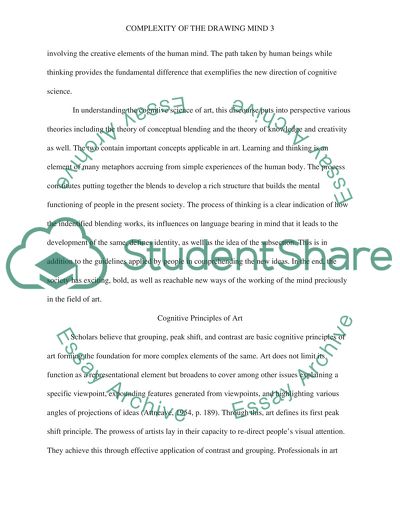Cite this document
(Complexity of the Drawing Mind: Cognitive Science of Art Coursework Example | Topics and Well Written Essays - 1500 words, n.d.)
Complexity of the Drawing Mind: Cognitive Science of Art Coursework Example | Topics and Well Written Essays - 1500 words. https://studentshare.org/psychology/1819839-complexity-of-the-drawing-mind
Complexity of the Drawing Mind: Cognitive Science of Art Coursework Example | Topics and Well Written Essays - 1500 words. https://studentshare.org/psychology/1819839-complexity-of-the-drawing-mind
(Complexity of the Drawing Mind: Cognitive Science of Art Coursework Example | Topics and Well Written Essays - 1500 Words)
Complexity of the Drawing Mind: Cognitive Science of Art Coursework Example | Topics and Well Written Essays - 1500 Words. https://studentshare.org/psychology/1819839-complexity-of-the-drawing-mind.
Complexity of the Drawing Mind: Cognitive Science of Art Coursework Example | Topics and Well Written Essays - 1500 Words. https://studentshare.org/psychology/1819839-complexity-of-the-drawing-mind.
“Complexity of the Drawing Mind: Cognitive Science of Art Coursework Example | Topics and Well Written Essays - 1500 Words”. https://studentshare.org/psychology/1819839-complexity-of-the-drawing-mind.


